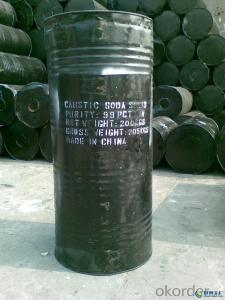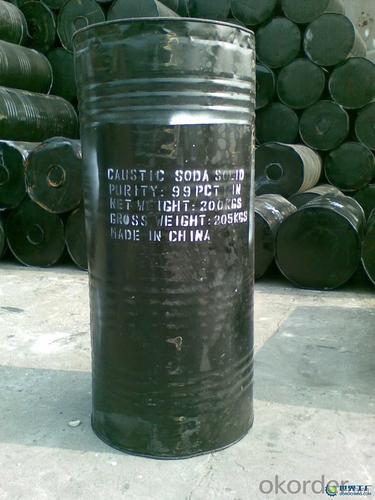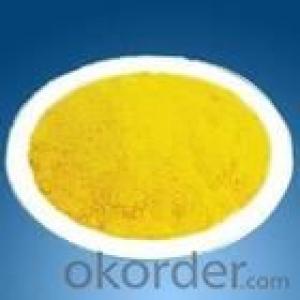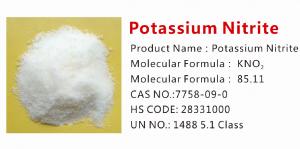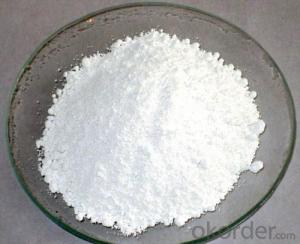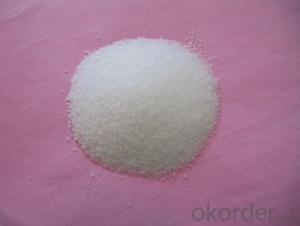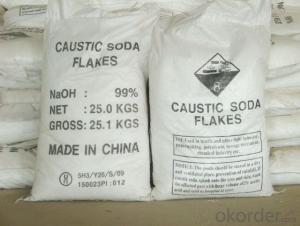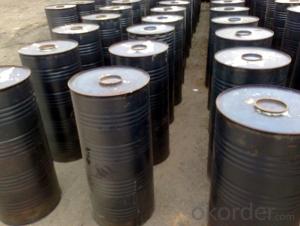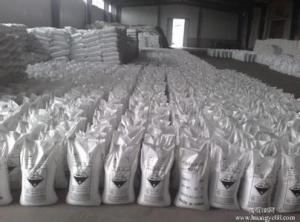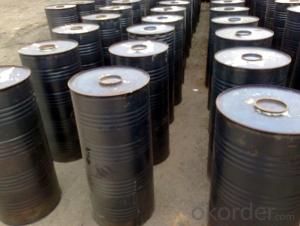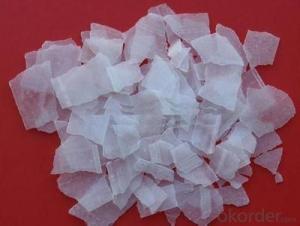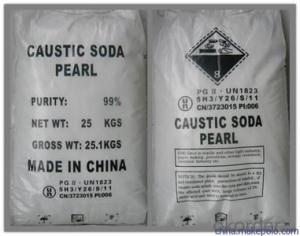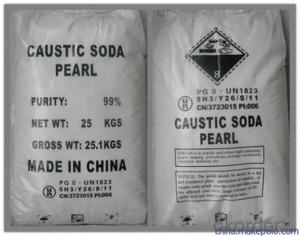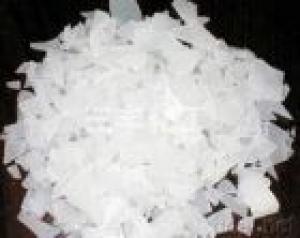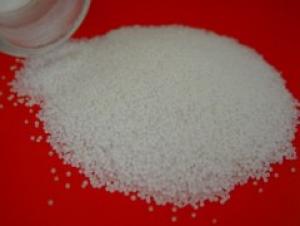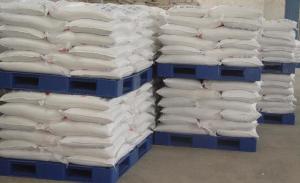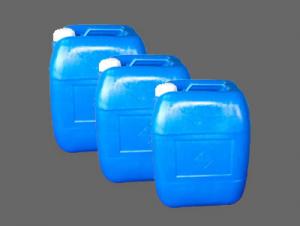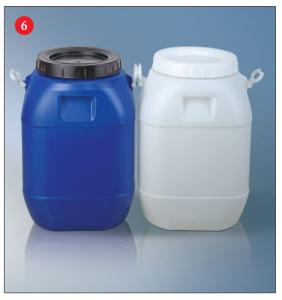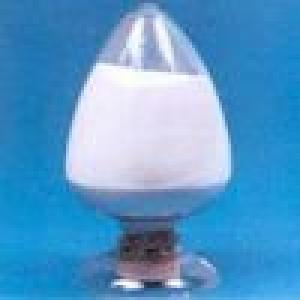SGS TEST CAUSTIC SODA SOLID
- Loading Port:
- China Main Port
- Payment Terms:
- TT OR LC
- Min Order Qty:
- -
- Supply Capability:
- -
OKorder Service Pledge
Quality Product, Order Online Tracking, Timely Delivery
OKorder Financial Service
Credit Rating, Credit Services, Credit Purchasing
You Might Also Like
Packaging & Delivery
| Packaging Detail: | 25KG/WPP BAG . 25 Tons in each 20'GP FCL |
| Delivery Detail: | 15 days after receiving the 30% deposit |
Specifications
1.Caustic Soda 99%
2.We accept test such as SGS or BV
3.With in 15 days shipment
4.Production Quantity 9000MT MONTHLY
- Q: Who can tell me what is plant alkalinity?
- (Sodium bicarbonate) (chemical formula Na2CO3) and baking soda (sodium bicarbonate) (chemical formula NaHCO3), baking soda is a solution of soda ash or crystal absorption after the carbon dioxide Of the finished product, the two are essentially no difference. Therefore, edible alkali in some places also known as baking soda (powder). Edible alkali is solid state, round, color white, soluble in water. Alcohol is not a commonly used condiment, it is just a food loose agent and meat tenderener, can make dry goods raw materials quickly rise, soften the fiber, remove the dough's sour taste, the appropriate use can bring excellent food The color, smell, taste, shape, to enhance people's appetite. Alkaline used in a large number of food processing such as noodles, bread, bread and so on.
- Q: What is the most important inorganic salt in plant growth?
- The inorganic salts required by plants are nitrogen, phosphorus and potassium containing inorganic salts, and if any lack of plants will affect the normal growth of plants, nitrogen is a component of many important organic compounds in the body, such as protein, nucleic acid, chlorophyll , Enzymes, vitamins, alkaloids and some hormones contain nitrogen. Nitrogen is also the basis of genetic material in all organisms, the most important protein, it is often in the center of metabolic activity.Now is to limit the growth of plants and the formation of the primary Factor. It also has a significant effect on improving the quality of the product.K2 is dissolved in the plant juice, and its main function is related to the metabolism of the plant.The content of phosphorus in the plant is second only to nitrogen and potassium, Phosphorus plays an important role in plant nutrition. Almost all important organic compounds in plants contain phosphorus. Phosphorus is involved in photosynthesis, respiration, energy storage and delivery, cell division, cell enlargement and other processes in plants.
- Q: What are the physiological functions of inorganic salts
- An important component of cells and organisms
- Q: Salty delicious or sour taste
- Now life should eat acid is better, acid can soften blood vessels, acid in the dish sterilization, the body is good. Salty bad, easy to get high blood pressure.
- Q: What cells produce the collagen and inorganic salts of bone matrix?
- The collagen is produced by chondrocytes. The minerals that make up the bone are precipitated by osteoblasts.
- Q: How can experiments prove that there are inorganic salts in the leaves of plants
- The experimental leaves used to dry, crushed into powder or sintered ash, and then the analysis of mineral elements, we can learn.
- Q: Inorganic salt function
- Inorganic salts can be used for a wide range of raw materials
- Q: What is the big base?
- Large alkali is the main component of sodium carbonate.
- Q: What is the use of inorganic salts in plants? How is it discharged
- Plants need inorganic salts, just as people need trace elements, the growth of auxiliary organisms can be through the leaves of the surface of the pores, with the water discharged together
- Q: Please tell in your own language how water and inorganic salts are transported from the soil to the leaves.
- Inorganic salts that inorganic compounds in the salt, formerly known as minerals, in biological cells generally only fresh weight of 1% to 1.5%, the current body has found more than 20 species, including a large number of elements Ca Ca, P, K Ka Sulfur, selenium, molybdenum, fluorine, chromium, cobalt, iodine and so on. Although the inorganic salt in the cell, the body content is very low, but the effect is very large, if the attention of diet diversification, eat less animal fat, eat brown rice, corn and other coarse grains, do not eat too much refined flour, Salt to maintain a normal level.
Send your message to us
SGS TEST CAUSTIC SODA SOLID
- Loading Port:
- China Main Port
- Payment Terms:
- TT OR LC
- Min Order Qty:
- -
- Supply Capability:
- -
OKorder Service Pledge
Quality Product, Order Online Tracking, Timely Delivery
OKorder Financial Service
Credit Rating, Credit Services, Credit Purchasing
Similar products
Hot products
Hot Searches
Related keywords
